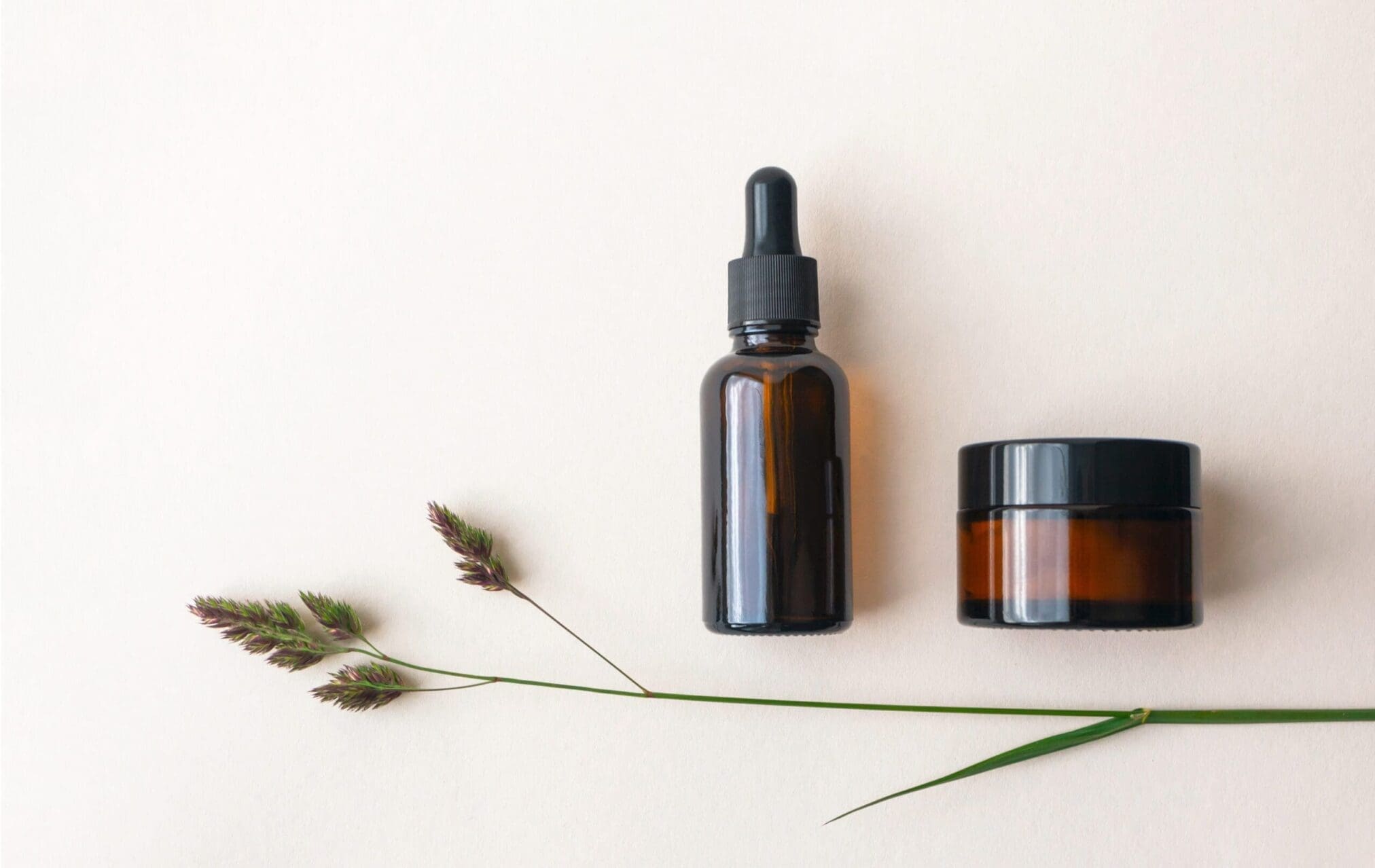Salicylic acid is listed as preservative in Annex V (entry 3) of Regulation (EC) n. 1223/2009, and its use is restricted to a maximum concentration of 0,5% (acid). For purposes other than inhibiting the development of micro-organisms, salicylic acid is also listed in Annex III (entry 98) to be used up to a maximum concentration of 3% (rinse-off hair products) and 2% for other products. If salicylic acid is not used as preservative, its function should be apparent from the presentation of the product. Except for shampoos, salicylic acid shall not be used for children under the age of three years.
On March 2016 ECHA’s Risk Assessment Committee (RAC) adopted its opinion on the harmonized classification and labelling of salicylic acid, with a proposed classification as CMR2[1] under Regulation (EC) 1272/2008. This harmonized classification of salicylic acid was published in the Official Journal of the European Union (L251) on 5 October 2018 (Regulation 2018/1480). According to Art. 15 (1) of the Cosmetic Regulation “a substance classified in category 2 may be used in cosmetic products where the substance has been evaluated by the SCCS and found safe for use in cosmetic products”.
In light of the new data, the SCCS[2] was consulted for its updated opinion on the safety of salicylic acid. On 21 December 2018 the final Opinion[3] on the safety of salicylic acid reported the following conclusions:
- Uses as preservative in cosmetic products à It is considered safe when used at a concentration of 0.5 % considering its current restrictions in place (Annex V, entry 3).
- Uses other than preservative in cosmetic products à it is considered safe when used at a concentration up to 3.0 % for the cosmetic rinse-off hair products and up to 2.0 % for other products, considering its current restrictions in place (Annex III, entry 98).
Silvia Ziliotti
[1] Repr. 2; H361d (Suspected of damaging the unborn child) (ECHA 2016);
[2] Scientific Committee on Consumer Safety;
[3] This Opinion is not applicable to any oral product (such as toothpaste and mouthwash) with the exception of lipsticks. Sprayable products that could lead to exposure of the consumer’s lung by inhalation are also excluded.


